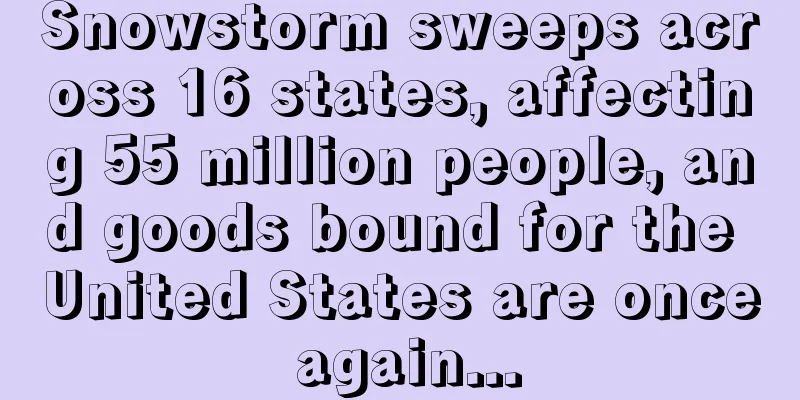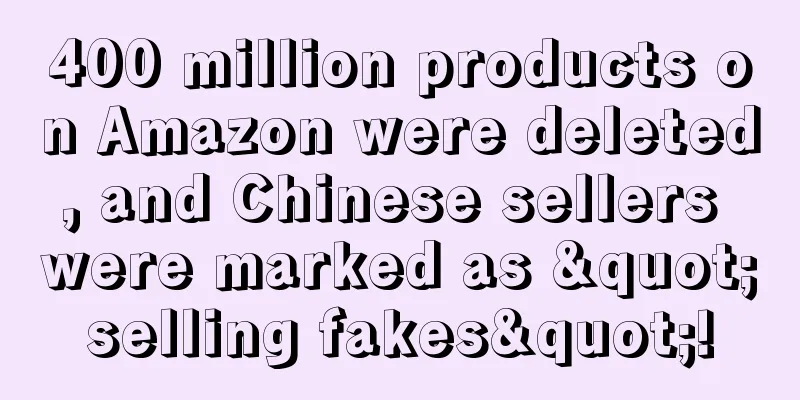Brother-in-law discloses data on its own brands! These 10 categories are the most popular and have the highest profits!

|
As the son of the brother-in-law, Amazon's own brand has always been given the green light and enjoys various privileges. How are they selling? Here comes the answer. Recently, at the request of the US Antitrust Investigation Committee, Amazon finally disclosed its own brand data . It is reported that 9% of Amazon's sales in the clothing, shoes and accessories categories come from its own brands . In the Home & Kitchen category , private brands accounted for 4% of the company's sales in 2019 , 3% in the Consumer Electronics field, and 2% in the Consumables field . In other categories, private brand sales account for less than 1% of the company's sales.
In the apparel, shoes and accessories category, first-party sales of purchased brands account for approximately 25% of total GMV, while first-party private label sales account for less than 3% , accounting for 72% of the market. In addition, Amazon's most successful clothing brands are Amazon Essentials (men's and women's clothing ) , Simple Joys by Carter's ( children's clothing ) , Goodthreads ( men's clothing ) , Daily Ritual ( women's clothing ) and Lark & Ro ( women's clothing ) . The clothing category is the department where Amazon has launched the most brands. These products add up to more than 10,000 , accounting for about half of Amazon's own brand portfolio . It can be seen that Amazon has quietly become the leading clothing retailer in the United States. In addition to the data on private brands, which categories on Amazon were the most popular in the first half of 2020? Which products sold the best? Which products had the highest profit margins? You can refer to some data from Jungle Scout . The Amazon Seller Status Report for the first half of 2020 shows that the top ten most popular categories and sellers on Amazon are as follows: 1. Home and kitchen supplies 45% 2. Sports and outdoor products 23% 3. Toys and Games 22% 4. Health, home and baby care 21% 5. Beauty and Personal Care 21% 6. Kitchen and dining room 20% 7. Clothing, shoes and jewelry 19% 8. Baby Products 18% 9. Garden and Outdoors 16% 10. Tools and Home Decor 16% Other categories, in order of popularity, include: Office supplies 16% Pet supplies 15% Electronics 13% Grocery & Gourmet Food 12% Crafts and sewing 12% Books 12% Industry and Science 10% Auto parts 7% Mobile phones and accessories 7% Home appliances 5% Computer 4% Luggage and travel gear 4% Musical instruments 3% Apps and games 3% Manual 2% Collectibles and Art 2% 2% for CDs and vinyl records Sellers need to pay attention to whether these categories are too competitive and choose multiple categories. The last thing sellers want to do is jump into an overly saturated market with little chance of landing on the first page of Amazon search results. Among the many categories on Amazon, which ones have the highest sales profits? To some extent, this depends on the seller's source of goods and sales volume. However, for most Amazon sellers, the average profit margin is between 17% and 26%, depending on the category. Which categories have higher profit margins? The answer is handmade products (which require a lot of raw materials and time), followed by some high-priced items, including computers, appliances, and instruments. The average profit margins of the main categories are as follows: 1 Manual 26% 2 Computer 24% 3 Home appliances 24% 4 Musical instruments 22% 5 Crafts and Sewing 21% 6 Auto parts 21% 7 Health, home and baby care 20% 8 Clothing, shoes and jewelry 20% 9 Electronics 20% 10 Baby Products 20% 11 Office supplies 20% 12 CDs and LPs 20% 13 Luggage and travel equipment 19% 14 Books 19% 15 Kitchen and dining room 19% 16 Industry and Science 19% 17 Pet Products 19% 18 Beauty and Personal Care 19% 19 Mobile phones and accessories 19% 20 Collectibles and Fine Arts 19% 21 Sports and Outdoors 19% 22 Home and Kitchen 19% 23 Grocery and Food 18% 24 Garden and Outdoors 17% 25 Apps and Games 17% The above data are the comprehensive profit margins of domestic and foreign sellers. Domestic sellers have higher profits than foreign sellers. In addition, some slightly less popular categories seem to be more profitable. For example, in "home kitchen" and "crafts and sewing", only 2 % of sellers have a net profit of 51 % -100 % in the former business, while 10 % of sellers have a net profit of 51 % -100 % in the latter industry. More than half of Amazon sellers (53%) said that private label products sold by Amazon are given priority in all product and organic search results and are usually priced lower than third-party products. Therefore, sellers should consider comprehensively and find the category that suits them best. (Source: Cross-border Sellers Teahouse ) |
>>: The secret of a 200% surge in orders, it’s not too late to click now
Recommend
What are Amazon direct reviews? Amazon direct reviews
The so- called Amazon direct review is to write a ...
Even after going to QA, the account was blocked? A wave of sellers were warned by Amazon!
After experiencing the wave of Amazon account susp...
2023 US Online Clothing Shopping Trends! More than 70% of Consumers Choose Amazon!
Digital Commerce 360 and Bizrate Insights survey...
Amazon's sales have been cut in half! Will sales continue to shrink next year?
After the U.S. stock market closed yesterday, Amaz...
What is BingaBinga? BingaBinga Review
BingaBinga is a shopping platform for middle and h...
300 cross-border mouse pads are given away for free! AMZ123 helps you start the peak season with explosive orders!
I heard that some people complained about the low ...
What is Dafiti? Dafiti Review
Dafiti is a leading online fashion retailer in Bra...
What is Wansu Logistics? Wansu Logistics Review
Shenzhen Wansu Logistics Co., Ltd. was established...
What is ACoS (Advertising Cost of Sale)? ACoS (Advertising Cost of Sale) Review
ACoS stands for Advertising Cost of Sale, which is...
What is B2B3.com? B2B3.com Review
B2B3.com is a global trade data query and marketin...
What is QuickFish? QuickFish Review
QuickFish (QuickFish Supply Chain Co., Ltd.) is a ...
23 Factors That Affect Amazon Product Rankings
23 Factors That Affect Amazon Rankings 1 Sales Am...
Overseas epidemic breaks out! Amazon Europe listings removed, EU opens green channel for epidemic prevention supplies!
WHO Director-General Tedros Adhanom Ghebreyesus sa...
What is DealsPlus? DealsPlus Review
DealsPlus is a discount deal and coupon informatio...
How profitable is it to sell second-hand clothes in the United States? Two listed e-commerce companies announced their Q2 results
The demand for second-hand goods in the United Sta...









